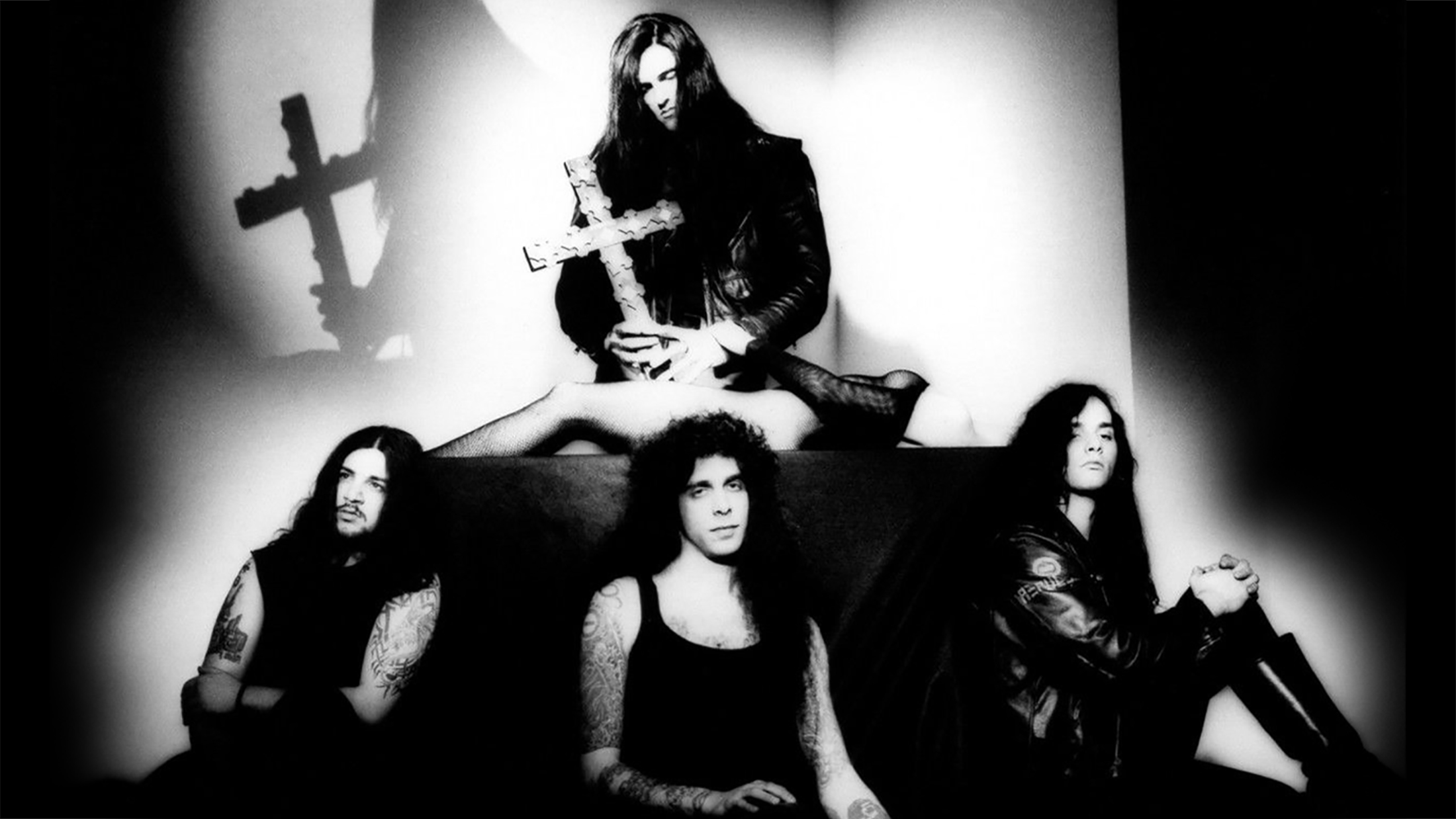

After all, what conflict could befall an immortal being without the threat of damnation? The vampire as we know it in popular culture could not exist without the foil of Christianity to give it struggle, and people have been writing about that struggle for centuries. There are plenty of them – grief, sexuality, found family, otherness – but the one that gets people talking the most is, of course, Christianity.Īnne Rice wasn’t the first to go there, by any means. And one simply cannot talk about Anne Rice’s vampires without talking about the deep, dark themes that permeate her work. Everyone else must measure up to those who live in the Savage Garden. But for me, it’ll always be Anne’s vampires – Lestat, Louis, Armand and their ilk – who define the genre. I love anything vampire-inspired, from the music I listen to, to the framed pictures of Boris Karloff, Christopher Lee and Vincent Price that adorn my horror-movie-themed bathroom. It’s hard to imagine never seeing her friendly “Greetings, people of the page” on social media again-that in itself feels like a loss.Īs a fan who grew up with Anne Rice’s vampires as the standard, I’ve approached all other vampire fiction and art through the lens of her vampires. It is one of my most treasured possessions. When Anne announced, after a ten-year hiatus, that she was finally releasing another Vampire Chronicles book, I waited in a long line to buy myself and my aunt a signed copy of Prince Lestat, which I gave her for Christmas that year. I read Blackwood Farm while sitting on a beach in the Coromandel Peninsula, and the book that followed, Blood Canticle, accompanied me on my journey back home to the United States. It was only my second time traveling abroad, and I knew Anne’s words would comfort me on a nervous plane ride. At 21, I brought the epic tale of the vampire Marius, Blood and Gold, on the plane to New Zealand, where I’d live for the next five years.

At 17, I lay in a hospital bed with a life-threatening blood disorder my mother brought me Anne’s latest, Vittorio the Vampire, which I read while receiving a blood transfusion (ironic, no?). I’ve mentioned buying her book as a pre-teen – I poured over that book in a weekend and then watched the movie, in awe, completely overwhelmed by the exquisite world-building and the epic beauty of her deeply flawed characters, who bemoaned their pain while relishing in their opulence. I don’t exaggerate when I say that some of my most core memories include Anne Rice.

Without her, I’m not sure I would have chosen this as my career, and I owe her a debt of deepest gratitude. If I may talk personally for a moment, I find it really hard to express just how much Anne Rice has meant to me, not only as a reader, but a writer, too.

Thus began a love affair that has lasted decades, one that I would be remiss not to touch upon, since at the time of this writing, the world has only started coming to terms with the death of our beloved Queen of Darkness, Anne Rice.
TYPE O NEGATIVE ANGEL FULL
Wide-eyed, I sat down to thumb through the first few pages, and found myself transfixed, immediately drawn into a world that was somehow medieval and distinctly modern at the same time, immeasurably beautiful and grotesque all at once, full of characters who are savage and ruthless, depressed and dastardly. And fans have been drinking it up, as it were, for centuries.įor my part, I’ve been devouring vampire fiction since the tender age of 12, when I first picked up Anne Rice’s Interview with the Vampire from my local Target with my weekly allowance. Many have explored the relationship between vampires and Christianity – scratch the surface of any well-written piece of vampire fiction, from Dracula to The Vampire Chronicles, from Salem’s Lotto Twilight, and you’ll find no shortage of vampiric characters bemoaning the fact that they are damned by God, drinking blood as an act of sacrament, and drawing parallels between themselves and angels (fallen or otherwise).


 0 kommentar(er)
0 kommentar(er)
